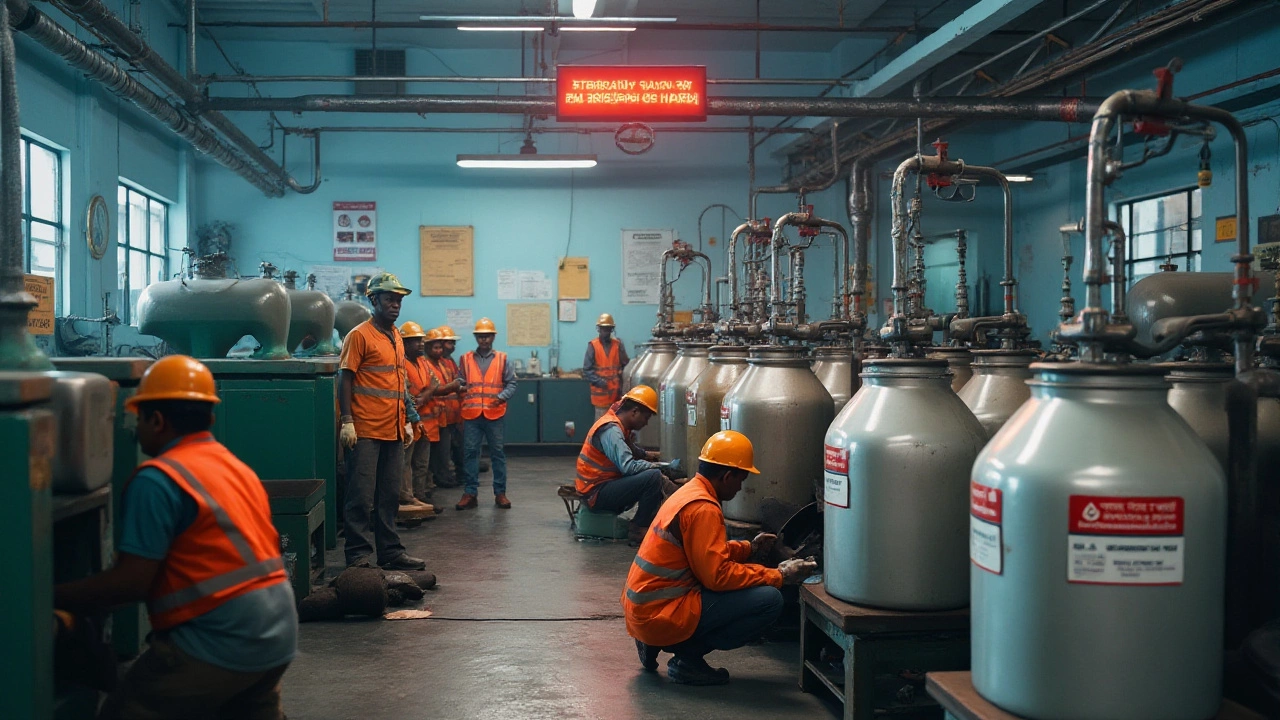Restricted Substances India: Laws, Impact and How to Comply
When dealing with restricted substances in India, chemicals that are prohibited or limited under Indian law for health, safety and environmental reasons. Also known as banned chemicals, it shapes everything from product design to export strategy. Understanding this landscape is key if you’re planning a new product line, navigating a pharma pipeline, or just want to avoid costly penalties.
Key Areas to Watch
One of the first steps is proper chemical testing, systematic analysis that verifies whether a material contains any restricted substance. Labs across India follow ISO‑17025 standards, and the results feed directly into compliance reports. Without accurate testing, you can’t prove that a product meets the latest REACH‑like Indian rules, and regulators will flag you on the spot.
Beyond testing, regulatory compliance, the process of meeting all statutory requirements set by bodies such as the Ministry of Environment, Forest and Climate Change is a moving target. The Central Pollution Control Board regularly updates the list of prohibited chemicals, and the Bureau of Indian Standards publishes new limits for heavy metals in cosmetics and electronics. Staying ahead means setting up a compliance calendar, assigning a dedicated officer, and using software that tracks changes in real time.
The pharmaceutical industry, manufacturers of drugs, vaccines and medical devices in India feels the pressure most intensely. Many active pharmaceutical ingredients fall under the restricted substances list, especially those containing lead, mercury or certain solvents. Companies that ignore the rules face batch recalls, export bans, and damage to brand trust. A recent case saw a major Indian pharma firm halt shipments to Europe after an audit flagged non‑compliant excipients.
All these pieces – testing, compliance processes, and sector‑specific impacts – are tightly linked. restricted substances India regulations encompass chemical bans, demand rigorous documentation, and influence market entry strategies across industries. Below you’ll find a curated set of articles that dive deeper into product innovation, pharma rankings, environmental challenges, and practical steps you can take right now to keep your business on the right side of the law.
